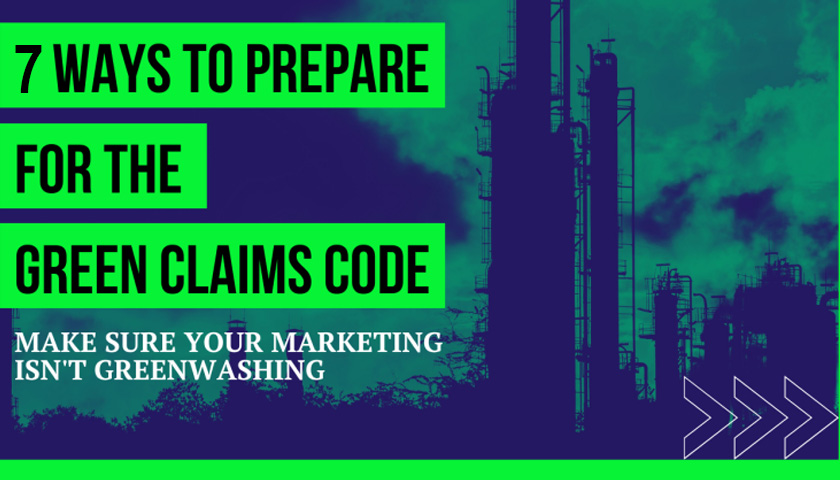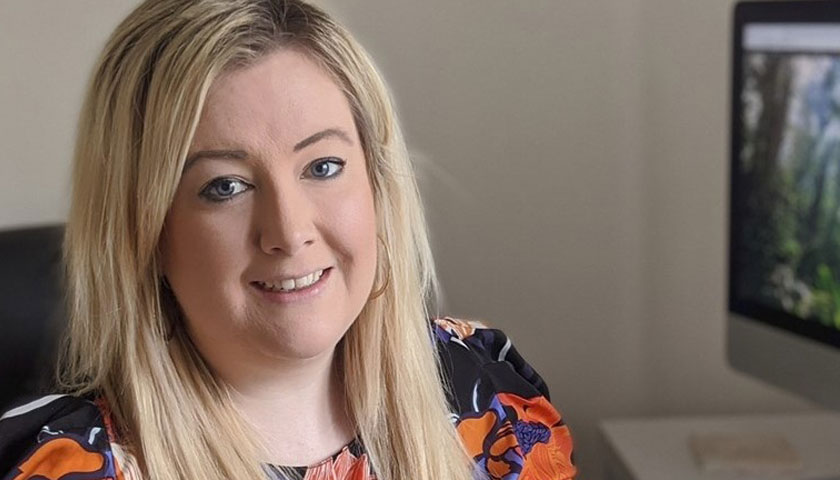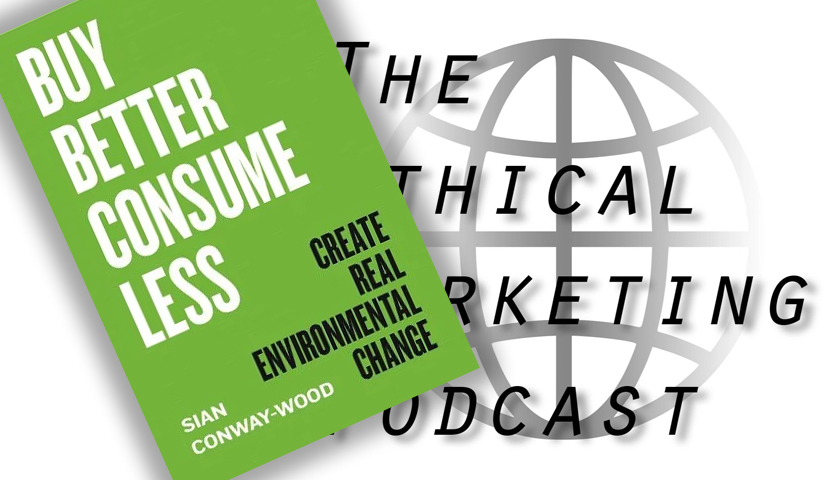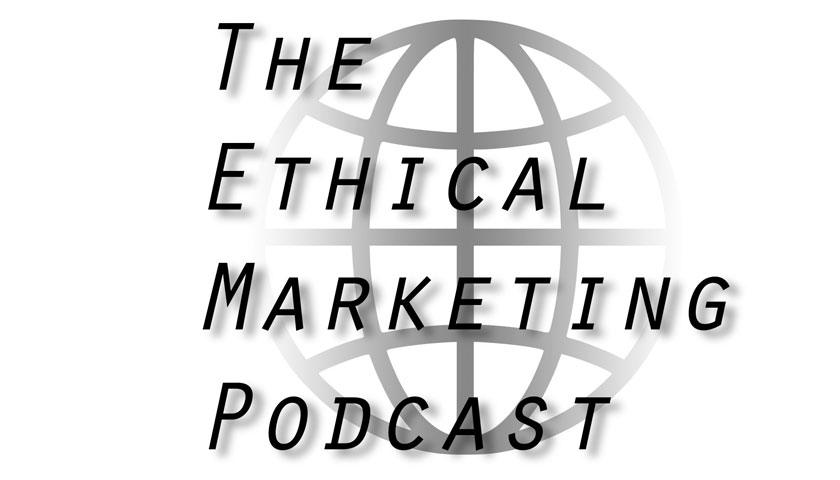Communications strategist, anti-greenwashing expert, and the guest on our first podcast Sian Conway-Wood has written us a post about the new Green Claims Code. This will be really usefull to marketers and ethical businesses, as will Sian’s Online Masterclass in December.
UK companies of all sizes, across industries need to start preparing to better substantiate their sustainability claims, as the Competitions & Markets Authority (CMA) prepares to start enforcing the new Green Claims Code.
Marketers, both in agency settings and in-house, should be upskilling in sustainability and preparing to implement these changes now.
According to YouGov, 57% of UK consumers are willing to pay more for environmentally friendly products. Demand for companies to be more socially and environmentally responsible has skyrocketted in recent years, and consequently, so has the rise in greenwashing – as many companies have invested more into marketing tenuous eco credentials than they have changing their operations to become more sustainable.
A recent global review by the CMA found that 40% of green claims made online could be misleading consumers. These included:
- Vague claims and unclear language – terms such as ‘eco’ or ‘sustainable’ or reference to ‘natural products’ without adequate explanation or evidence
- Own brand eco logos not associated with accredited third party organisations
- Hiding or omitting certain information (such as a product’s pollution levels) to appear more eco friendly
The CMA will begin a review of misleading green claims in January 2022, so companies should prioritise it now.
Any business found to be in breach of consumer law, including misleading marketing claims, can face civil action or criminal prosecution. Breach of the Green Claims Code could therefore result in criminal liability for directors and other officers of corporate bodies. Consumers also have a civil right of redress which might result in financial liabilities. Greenwashing can also damage your brand, reputation and sales.
What does this mean for marketers?
Any business talking about their positive environmental impact in relation to products, services or operations needs to take the Green Claims Code into account. If you’re working with clients or your employer to talk about their eco credentials anywhere online or offline, you need to start preparing.
5 ways marketers should be preparing for the new Green Claims Code
- Understand the requirements
It’s important that you get to know the requirements of the Green Claims Code, so you can ensure all current and future marketing activity is compliant. There are 6 key points to be aware of.
Your green claims must:
- Be truthful and accurate: Businesses must live up to the claims they make about their products, services, brands and activities
- Be clear and unambiguous: The meaning that a consumer is likely to take from a product’s messaging and the credentials of that product should match
- Not omit or hide important information: Claims must not prevent someone from making an informed choice because of the information they leave out
- Only make fair and meaningful comparisons: Any products compared should meet the same needs or be intended for the same purpose
- Consider the full life cycle of the product: When making claims, businesses must consider the total impact of a product or service. Claims can be misleading where they don’t reflect the overall impact or where they focus on one aspect of it but not another
- Be substantiated: Businesses should be able to back up their claims with robust, credible and up to date evidence
- Conduct a comms audit
To make sure your marketing isn’t greenwashing and de-risk your sustainability communications, you should focus on auditing your existing environmental claims against the 6 points above and ensure they are compliant.
- Build bridges between sustainability and marketing
The Code requires businesses to provide a lot more sustainability information than they may have been used to in the past. As marketers, it’s likely that you will be the person responsible for gathering and communicating this data. You should start thinking about where this can come from – whether there is a dedicated sustainability team within your organisation, what information suppliers can give you, and what areas you might need to upskill in to be able to understand and communicate complex sustainability data clearly and compliantly.
Now is the time to build strong relationships with anyone who can support you with sustainability evidence, both internally and externally, and focus on improving any communications where needed.
- Adapt your comms strategy
The Green Claims Code recommends that sustainability evidence should be made available by a single click-through link. If you currently communicate your credentials with static icons, you’ll need to reconsider your strategy.
It’s also important not to hide important caveats or limitations to your claims. For example, if you claim that packaging is made from “recycled materials” and then take consumers to a webpage that explains only 10% of the materials are recycled, this could be considered misleading.
The Green Claims Code needs to be embedded into your marketing and comms strategy going forward, and you’ll need to find innovative new ways to convey sometimes complex information in an accessible and compliant way. Now is the time to revisit your strategy and consider how you can embrace technology, design and user experience (UX) to make your sustainability a selling point.
- Encourage your organisation to embed compliance in your procurement process
You’ll need to communicate your sustainability credentials with your customers clearly, accurately and with evidence – which means you might need to start collecting more data from your suppliers. Ensuring that they are compliant with the Green Claims Code and can give you the information you need should be an essential part of your audit before January, and embedded in your procurement process going forward.
You may need to speak to the leadership or procurement team in your organisation to help them understand the importance of Green Claims Code compliance and start embedding the requirements across the business.
- Upskill yourself and your team
Recent research from the Chartered Institute of Marketing revealed that 2 in 5 marketers do not have sustainability qualifications, and 49% are worried about their clients being accused of greenwashing. With this sustainability skills gap in place, it’s important to ensure that anyone you bring into your marketing and communications team has the up-to-date knowledge and experience to deliver compliant and engaging sustainability comms. Now might be the time to invest in some sustainabiltiy training.
- Forward plan for third party accreditation (if you don’t already have it)
If your company doesn’t already have any relevant third party accreditations (like B Corp status), it’s time to start thinking ahead and building these into your strategy.
The Green Claims Code focuses on providing evidence, and as it becomes the norm for companies to provide more of this, consumer knowledge will become more detailed. Your customers will be looking for proof that you walk the walk, and third party accreditations give you the competitive advantage.
What does this mean for brands that are already sustainable?
If you’re confident that you’ve already got the evidence to support your green claims (and that you’re communicating it in a compliant way), you should still be paying attention to the Green Claims Code and wider crack down against greenwashing across industries.
You’ll need to do a thorough risk assessment to ensure that your communications are compliant, now and in the future when you create new marketing materials.
As all brands begin to provide more detailed information about their sustainability, consumer understanding of these issues and credentials will deepen. You won’t need to work so hard to stand out in a sea of greenwashing, but you will need to adapt your strategy to stay competitive.
As regulators begin to succeed in weeding out inaccurate and dishonest eco claims, transparent brands who walk the walk will benefit from a greater market advantage. Those brands that are doing the work, and have the data to support their communications, will be able to tap into this by telling their story.
Your existing investment in sustainability and ethical business can become a strong commercial advantage if you approach your comms strategy in the right way.
Need to prepare for the Green Claims Code?
Not sure if your comms strategy or team are up to speed?
Join communications strategist and anti-greenwashing expert Sian Conway-Wood on 9th December for “Applying the Green Claims Code: How to ensure you’re not greenwashing” – a live masterclass where you will learn:
- How the CMA’s new Green Claims Code affects your marketing
- Easy ways to substantiate your green claims
- Practical strategies to leverage your eco credentials and attract more clients
- How to avoid greenwashing
- How to talk about your sustainability journey confidently, even if you’re not “100% green” yet
FInd out more and book your space here!



